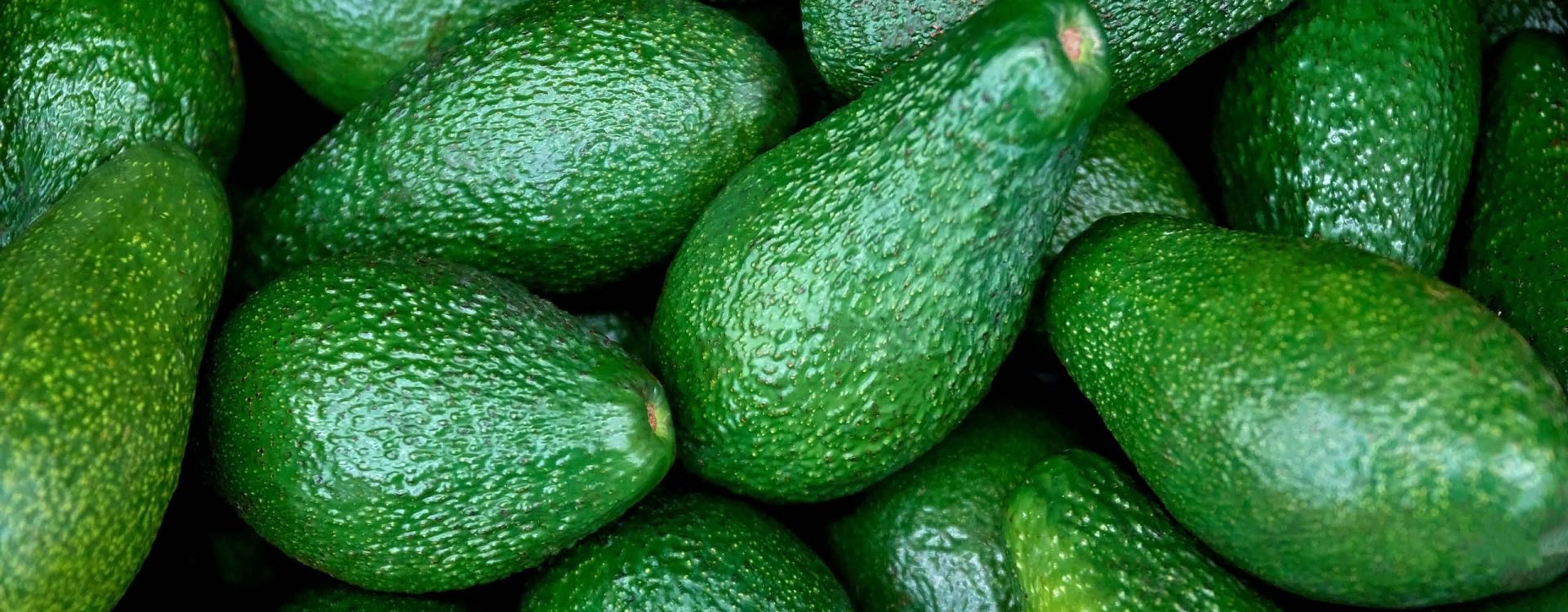If you're like most new parents, you may not give your baby's umbilical cord much thought except for when it’s being clamped after birth. However, the cord plays an essential role in a healthy pregnancy, and the blood and tissue within it has the potential to support your family's health for years - or even decades - into the future.
In other words, this small-but-mighty cord deserves some important consideration. Here's a look at what your baby's umbilical cord does and what it's made of, along with options for handling the cord after your baby is born. Plus, what you need to know about umbilical cord complications and caring for your baby's cord stump once you bring her home from the hospital.
What Is the Umbilical Cord and What Does It Do?
The umbilical cord is the lifeline between a mother and baby during pregnancy. A narrow, tube-like structure surrounded by jelly, the umbilical cord runs from the developing baby's abdomen to the placenta, delivering oxygen and nutrient-rich blood and removing the baby's waste products.
The umbilical cord begins to develop around 5 weeks after conception. The cord gets longer and longer as the baby grows, forming a neat coil in the womb until reaching its full length (50-60 cm) at around 28 weeks [*].
Babies don't need their umbilical cords once they're born. Shortly after birth, the cord is cut or clamped, leaving a short stump that will shrivel up and fall off within one to three weeks to reveal the baby's belly button.
What Is the Umbilical Cord Made Of?
The umbilical cord consists of two arteries and one vein that are cushioned and protected by a jelly-like substance. The vein brings fresh oxygen and nutrients to the baby via the placenta, which is connected to the mother's blood supply. The arteries transport the baby's waste out through the placenta, where it's sent into the mother's bloodstream and filtered out through her kidneys.
The blood that flows through the umbilical cord, called cord blood, contains hematopoietic stem cells. These stem cells can be collected and stored for future use in more than 80 FDA-approved treatments for conditions including leukemia, lymphoma, metabolic disorders, various anemias, and more.
Considering how vital the vein and arteries are, it makes sense that they'd have something to protect them. This comes in the form of Wharton's jelly, a thick, gelatinous substance made primarily of collagen. Surrounding the umbilical cord like a cushion, Wharton's jelly prevents the cord from becoming compressed or bent. It also aids in the delivery of oxygen, blood sugar, and amino acids to the developing baby [*].
Wharton's jelly is crucial for supporting a healthy pregnancy since it allows the umbilical cord to do its job and it may also yield benefits after birth has taken place. Wharton's jelly is rich in mesenchymal stem cells(MSCs), a type of cord tissue stem cell under extensive study as a potential treatment for a wide range of serious health conditions[*]. Like cord blood, cord tissue can be banked and stored for future use.
What Happens to the Umbilical Cord After Birth?
A baby doesn't need an umbilical cord once they’re born, so it's cut or clamped off shortly after delivery. This process is fast and painless; since the umbilical cord doesn't contain nerves, a baby won't feel the cord being cut. The remaining umbilical cord stump will shrivel, shrink, and eventually fall off within a few weeks.
Umbilical cords are typically discarded after being cut unless a family chooses to collect and bank their baby's cord blood or cord tissue. Collecting cord blood and cord tissue is quick, easy, and low-risk, but families need to plan ahead of time: cord blood banks need to be notified of your intention to bank, and you'll need to have a cord blood collection kit on hand when your baby arrives (most banks recommend obtaining a collection kit at least six weeks before your due date).
Should I Wait to Cut My Baby’s Umbilical Cord?
Delayed cord clamping, or waiting to cut your baby's umbilical cord, involves cutting the umbilical cord 30 to 60 seconds after giving birth rather than cutting it right away. The practice is recommended by major medical organizations including the American College of Obstetrics and Gynecology (ACOG), the American Academy of Pediatrics (AAP), and the World Health Organization (WHO).
According to the ACOG, waiting to clamp and cut a baby's umbilical cord allows more fetal red blood cells from the placenta to travel through the cord into a baby's body [*]. This supports healthy iron stores in the first several months of life, reducing a baby's risk for iron deficiency anemia. The practice is also thought to promote healthy brain development in the first several years of life. Findings show differences in social and fine motor skills in children as old as four [*].
Delayed cord clamping can be performed for vaginal and C-section births and is appropriate for full-term and pre-term infants, according to ACOG [*]. It's also fully compatible with cord blood banking, however, it's typically recommended to limit the delay to 60 seconds when banking cord blood. Waiting longer than that to cut the cord could reduce the amount of cord blood that's able to be collected, which can directly impact stem cell count.
Some families choose to leave the umbilical cord unclamped and attached to the placenta, allowing it to fall off naturally. The practice, often referred to as lotus birthing (and officially called umbilical non-severance), is not considered mainstream and hasn't been shown to have any health benefits for babies. In fact, the vast majority of healthcare practitioners advise against it, since the umbilical cord could become infected with harmful bacteria like E. coli [*]. This could cause a baby to become very sick.
Can Umbilical Cord Complications Occur During or After Pregnancy?
Problems related to the umbilical cord can happen in utero or after birth. The umbilical could become knotted or compressed during pregnancy or not connect to the placenta correctly. In some cases, these abnormalities could lead to complications during pregnancy or during labor and delivery.
Sometimes umbilical cord problems are picked up during an ultrasound, but in other cases, they may not be discovered until after a baby is delivered. If you have concerns about umbilical cord problems or abnormalities, talk with your healthcare provider.
It's possible, too, for a baby's umbilical cord stump to develop complications after birth. While these problems are rare, being familiar with the possible signs means you can get help sooner if needed.
- Infection: Foul-smelling yellow discharge oozing from the cord, redness at the cord base, or crying when you touch the skin around the cord are signs that your baby's stump could be infected. If you notice them, contact your baby's pediatrician right away.
- Umbilical granuloma: A small, red bump on the belly button, an umbilical granuloma is a mass of scar tissue that occasionally forms after the umbilical cord stump falls off. It may also ooze a light-yellow fluid. Granulomas often go away on their own within a week, but if not, your pediatrician will remove the scar tissue by cauterizing it.
- Umbilical hernia: You can spot an umbilical hernia if it seems like your baby's belly button bulges out when she cries. The condition isn't serious and often goes away on its own by the time a baby reaches 18 months, however, hernias that haven't healed by ages 3 to 5 may require surgery to correct.
Caring for Your Baby’s Umbilical Cord After Birth
After your baby's umbilical cord is clamped, you'll need to care for her stump until it falls off. Here's what to keep in mind:
- Keep the area dry: Stick with sponge baths while your baby still has her stump. If the stump gets wet, dab it gently with gauze or let it air dry.
- Try not to let the stump get tugged or jostled: Fold the front of your baby's diaper down so it doesn't rub against the stump and take care when you're getting her dressed or undressed.
- Don't clean the stump with rubbing alcohol: Though this was recommended in the past, doing so can actually increase the risk for infection.
- Let the stump fall off on its own: That typically happens within one to three weeks, but let the pediatrician know if the stump is still sticking around after four weeks. Don't pull the stump off.
- Watch for signs of infection: Call the pediatrician if you notice oozing, redness, or swelling around the umbilical cord area, which could be signs of an infection.
The Bottom Line on Umbilical Cords
Your baby's umbilical cord plays an integral role during pregnancy, and it has the potential to continue offering benefits even after she's born.
If you have questions about cord blood or cord tissue banking, talk with your healthcare provider to learn about the benefits and make an informed decision for your family.
DISCLAIMER: THE INFORMATION ON THIS WEBSITE IS NOT INTENDED TO BE USED AS MEDICAL ADVICE.The materials and information contained on the MiracleCord website is provided for educational and informational purposes only, and is not intended to, and does not constitute, medical or other health advice or diagnosis, and should not be used as such. You should not use this information to diagnose or treat a health problem or disease. If you are seeking personal medical advice, you should consult with a licensed physician. Always consult with a qualified health care provider regarding a medical condition.




